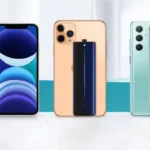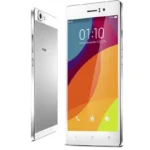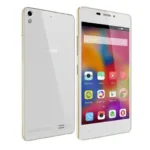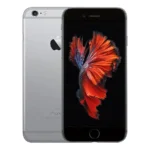Apple’s approach to smartphone design has always been driven by a philosophy of simplicity, elegance, and functionality. From the first iPhone in 2007 to the latest models, Apple continues to set industry standards through its unique combination of aesthetics and advanced technology.
Minimalist Design with Maximum Impact
One of Apple’s core design principles is minimalism. The company strives to remove unnecessary elements, ensuring that every detail serves a purpose. This is evident in the sleek, button-free designs, uniform color palettes, and the seamless integration of hardware and software.
Premium Materials and Craftsmanship
Apple consistently uses high-quality materials like aluminum, stainless steel, and ceramic to create durable and premium-feeling devices. The use of Ceramic Shield glass, polished metal edges, and precisely engineered components reflects Apple’s commitment to craftsmanship and durability.
User-Centric Experience
Unlike many competitors that emphasize technical specifications, Apple focuses on delivering an intuitive and user-friendly experience. The iOS ecosystem is designed to be simple yet powerful, ensuring smooth interactions across all Apple devices. The company also prioritizes accessibility, offering features like VoiceOver and AssistiveTouch to accommodate a wide range of users.
Seamless Hardware and Software Integration
Apple is known for its unparalleled synergy between hardware and software. The A-series chips are optimized to work seamlessly with iOS, ensuring faster performance, better power efficiency, and industry-leading security features such as Face ID and Touch ID.
Iconic Design Choices
Apple has made several bold design choices that have shaped the smartphone industry:
- Removal of the headphone jack (iPhone 7) – A controversial move that led to the widespread adoption of wireless audio solutions.
- Notch design (iPhone X) – Introduced to house Face ID technology while maximizing screen space.
- Flat-edge design (iPhone 12 and later) – A return to the iPhone 4-inspired aesthetic, improving grip and durability.
- Dynamic Island (iPhone 14 Pro) – A reimagined notch that enhances user interaction with live notifications and controls.
Sustainability and Environmental Responsibility
In recent years, Apple has focused on eco-friendly design choices, including the use of recycled materials, energy-efficient components, and reduced packaging waste. The company aims to achieve carbon neutrality across its entire supply chain by 2030.
The Future of Apple’s Design Philosophy
Apple continues to push the boundaries of smartphone design, with innovations in foldable displays, AI-powered experiences, and enhanced AR capabilities. With each iteration, Apple remains committed to its philosophy of designing products that are not only beautiful but also intuitive and forward-thinking.
Apple’s design philosophy is a testament to the power of simplicity, quality, and user experience. It’s not just about creating smartphones—it’s about crafting a seamless digital lifestyle that enhances the way people interact with technology.









